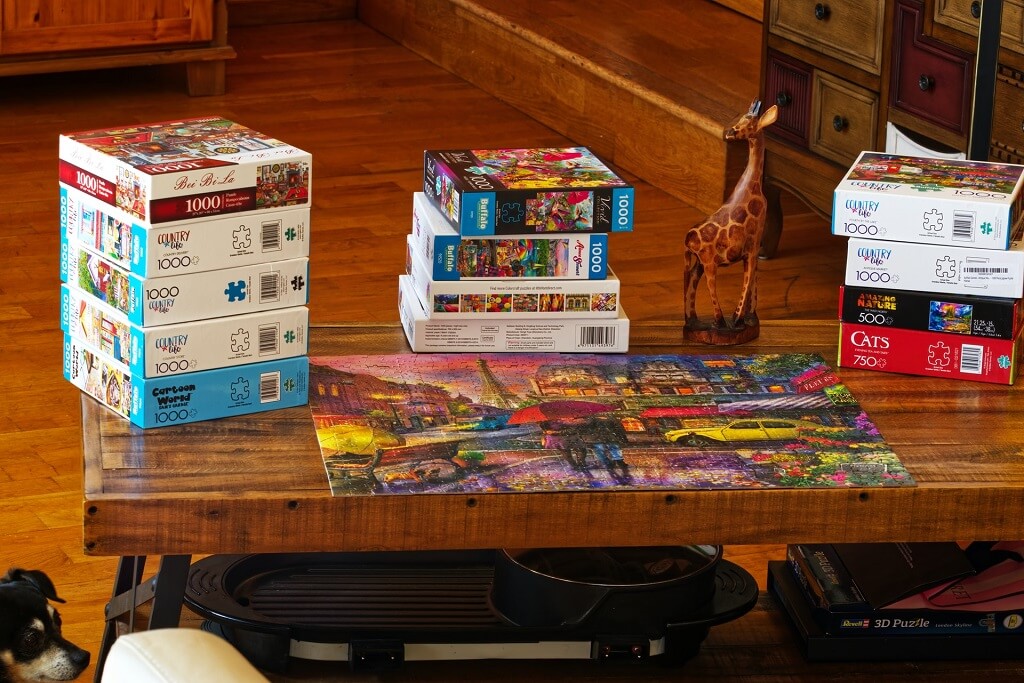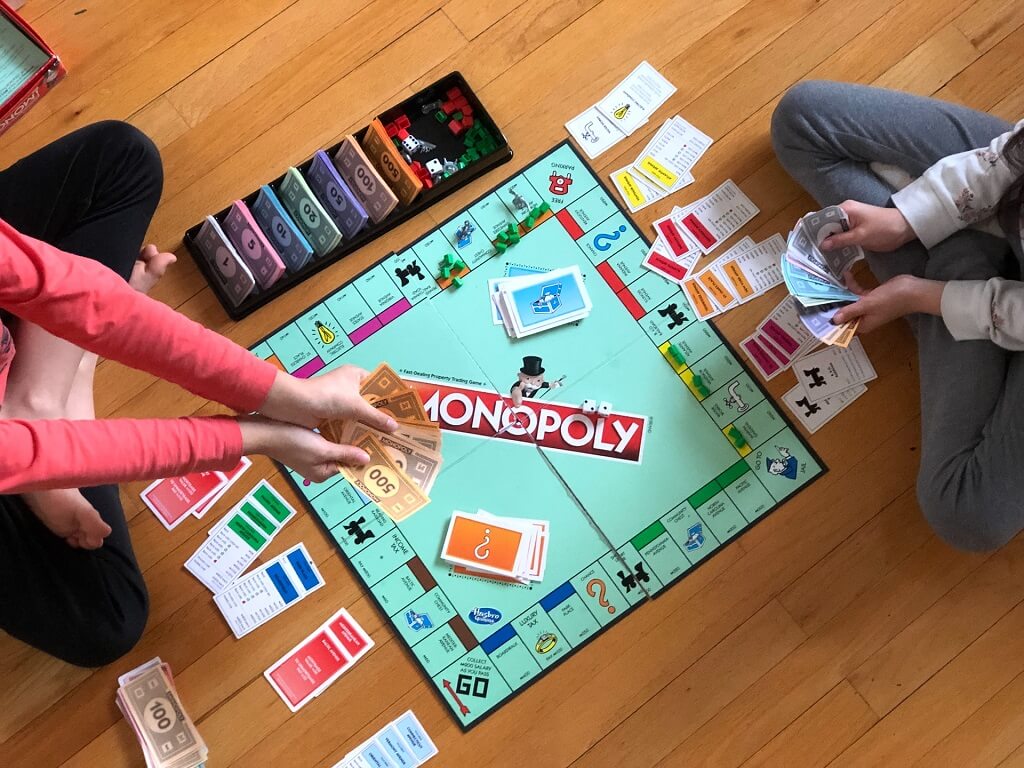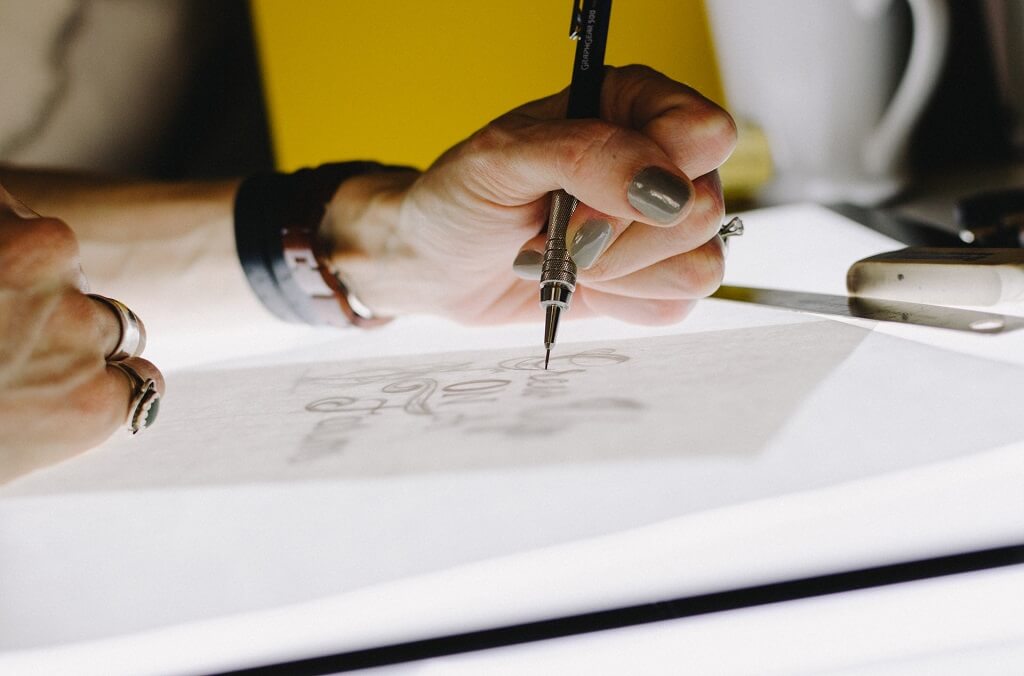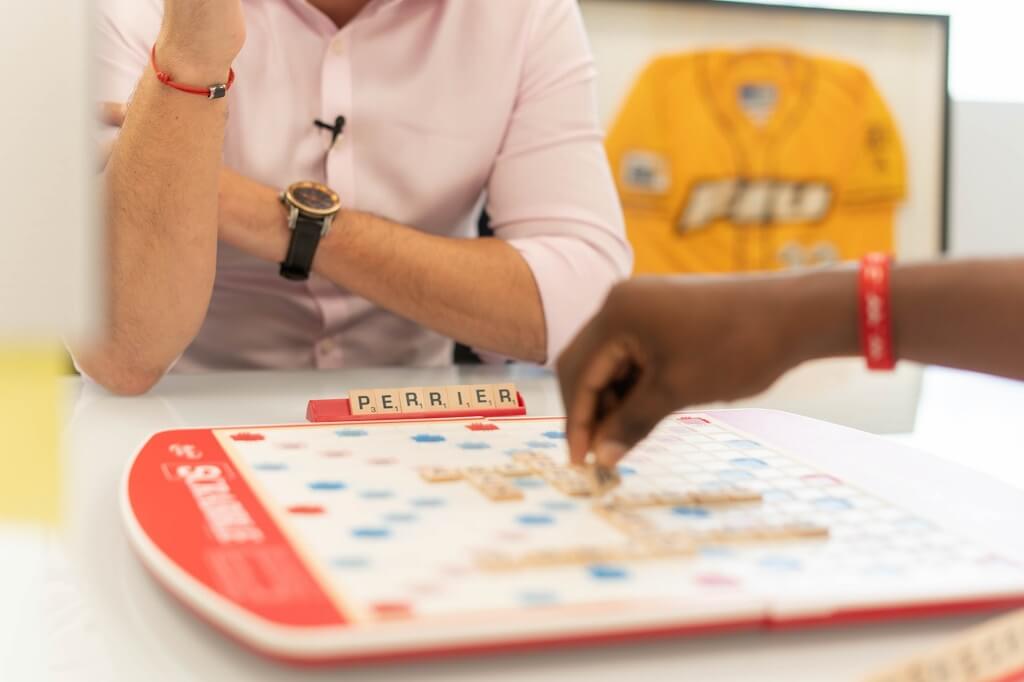If you’ve ever wondered how to create your own board game, finding a board game printing company and having it produced can be an intimidating process. Having your idea is one thing, but putting together all the pieces to create your own board game to sell is another. The costs can add up quickly from a pick-up and delivery service to a product assembly facility. In this article, we will discuss some tips for publishing a board game on Kickstarter.
Table of Contents
1. Find Your Audience
Your audience matters. It’s why you’re creating your kickstart board games in the first place, and it’s going to be a significant factor in how successful your Kickstarter campaign is. The good news is that there are plenty of ways to help yourself narrow down who your audience will be. First, think about who you know that might want to play your game. Whether they’re friends or family members, coworkers or classmates, whoever they are, they’ll be a good starting point for thinking about what kind of people would be interested in playing something like yours.
Second, consider what kinds of things those people like doing. Do they enjoy playing games? Are they into sci-fi or fantasy? Do they have a strong interest in history? By thinking about these things, you can get a better idea of what kinds of products might appeal to them on a larger scale than just one specific person—and that can help you decide which audience would be most receptive to what you’re offering as part of your Kickstarter campaign.
2. Have a Great Idea
It would be best if you had an excellent idea for creating kickstart board games, which means that in the most literal sense. A great idea is both new and familiar at the same time. It should be unique and something that you can see yourself playing with friends or family members. It’s not enough for your idea to be novel—it has to be fun! Millions of people out there want to make their board games, but very few follow through on it because they don’t think their idea is good enough.
3. Bootstrap Financing before Kickstarter
If you’re looking to publish a board game, it’s essential to consider whether or not you have the funds you need to make it happen. If you don’t have any money, there are still options for getting started. If you have friends and family willing to invest in your idea, ask them if they’d be interested in giving you some money. This is a good option because it keeps them involved in the process and gives them an opportunity to see how their money is being used. You can also try asking people on social media if they’d be interested in investing in your game. The downside of this approach is that it can be difficult to get investors without an established brand name or product line.

4. Use a Professional Artist
The first step to creating a board game is to hire a professional artist. This is important because the artwork on the box and in the game will set the tone for everything else you’re going to do. It’s also important because, if done right, it can make or break your campaign. You don’t want to spend thousands of dollars creating something mediocre just because you don’t have anyone who can do it professionally. If you’re not sure where to find professional artists, go online and search for “board game artists.” You’ll find many different sites with top board game artists lists and other gaming products. Look through their portfolios and choose one that suits your needs best.
5. Get a Distributor or Publisher Lined Up
Another step to kickstarting a board game is getting a distributor or publisher lined up. You’ll need to have a good pitch deck ready to share with potential partners to get your game distributed. This means writing up a summary of what makes your game unique and what kind of market it could potentially appeal to. It also means having some financial projections prepared—and knowing how much cash you’ll need to fund production and marketing costs. You can do this all by yourself if you want, but many people find it helpful to get advice from other entrepreneurs who’ve been through it before. There are tons of forums and communities online where people talk about how they got started in the board game business, so if that sounds like something that would interest you, check out some of those resources before diving in.
6. Don’t Go Crazy with Stretch Goals
When creating your board game’s Kickstarter campaign, the most common mistake is to go crazy with stretch goals. Stretch goals are a great way to entice new backers into backing your project, but they can also be dangerous if you don’t know how to use them effectively. The key is to keep your stretch goals reasonable and attainable. If someone backs your campaign at the $30 level, they should be able to expect that they’ll get everything they paid for—and then some! That means not adding extra items or making updates completely unrelated to the game. Your stretch goal should be something fun and exciting—something else that will make people want to back your project even more than they already do.
7. Don’t Have Huge Fulfillment Costs
Kickstarting a board game is a great way to get your product in front of potential customers, but it can also be a risky venture. If you don’t have enough inventory or underestimate the cost of shipping and fulfillment, you could end up with a lot of unsold merchandise and potentially no profit. To avoid this situation, ensure that all your costs are covered before launching your campaign. If you’re going to sell 500 copies of your game at $20 each, make sure you have enough cash on hand to order 500 copies from the manufacturer before launching your Kickstarter campaign—and then some extra for shipping costs.
8. Create a Demo Video
A demo video is a short, animated video introducing your board game to the world. It’s an excellent way to give people a sense of what your game is like and how it works and showcase your brand. You can create one yourself using some essential software or hire someone else. If you’re interested in making your demo video, here are some tips:
- Keep it short: You want to show off the basics of how the game works without tedious or overwhelming people with too much information. Generally speaking, 2-3 minutes is long enough for most board games.
- Show gameplay: This can be as simple as showing pieces on a board moving around or as complex as showing an entire playthrough from beginning to end. It all depends on what kind of game you’re making.
- Use animation: Animation gives life and personality to your game, which is essential if people will be spending money on it later down the line.
9. Run a Modest, Realistic Campaign
Kickstarting your board games is running a modest, realistic campaign. You might be tempted to launch with a big bang and raise as much money as possible, but that’s the worst way to start! Instead, it would help if you thought about how much money you need—and how much time it will take for people to see your campaign and donate. If you try to raise too much money at once and fail, you’ll feel discouraged and disheartened—and people won’t want to give money again in the future because they don’t trust you anymore. If you set your sights too low and only raise $5,000 instead of $10 million, it will take longer than expected to reach your goal—and maybe even more time than expected if people don’t donate right away.
10. Don’t Forget Taxes
Once you have your board game up and running, don’t forget to keep track of all the money coming in and going out. You will need this information for when it comes time to pay taxes. If you are a sole proprietor, you can deduct the costs of making your board game from your taxes; however, if you are incorporated or have an LLC, these costs may be deductible. If everything goes according to plan, you should see a profit at the end of the year.
Wrapping Up
So, now you know what it takes to start a board game. It’s not easy to do, but we certainly hope it’s rewarding. Just make sure that you don’t fall into any of the pitfalls above – they could very well sink your ship before it even sets sail. So, if you want to make the dream of publishing your own board game come true, boot up your computer and get started today.




